
Lexus GS Saloon (2012-2018) review
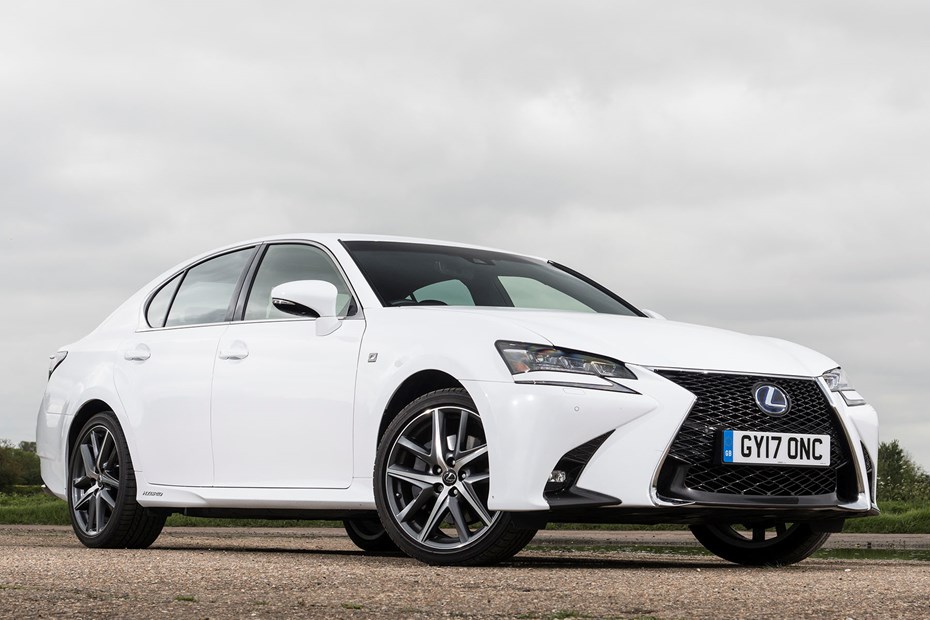
At a glance
| Price new | £31,495 - £55,710 |
|---|---|
| Used prices | £3,900 - £25,181 |
| Road tax cost | £20 - £620 |
| Insurance group | 26 - 42 |
Get an insurance quote with

|
|
| Fuel economy | Not tested to latest standards |
| Range | 443 - 929 miles |
| Number of doors | 4 |
| View full specs for a specific version | |
Available fuel types
Petrol
Hybrid
Pros & cons
- Spacious and luxurious interior
- Stacks of equipment
- Distinctive styling
- Economical hybrid powertrains
- Fiddly infotainment system
- Not especially exciting to drive
- Smaller boot than rivals
- Some aspects feel dated
Lexus GS Saloon (12-18) rivals
Overview
With the company car park full of BMW 5 Series, Audi A6 and Mercedes-Benz E-Class saloons, the Lexus GS has its work cut out to steal sales from the German trio, not to mention the Jaguar XF and equally premium SUVs that are growing in popularity.
British buyers have favoured the German rivals for years, which is a shame as Lexus has worked hard to make the GS competitive, with a range of punchy yet efficient hybrid engines available, a lengthy list of standard equipment across the range and, arguably, the most distinctive exterior styling in the class.
This generation of GS received a comprehensive update in 2015, with the most notable change being made to the exterior styling, which added the now-familiar spindle grille and sharp lines with slim LED headlights. If you want a sharper-looking executive saloon from Lexus, the GS’s replacement – the ES – which went on sale in the UK in early 2019.
Plenty of luxurious kit as standard
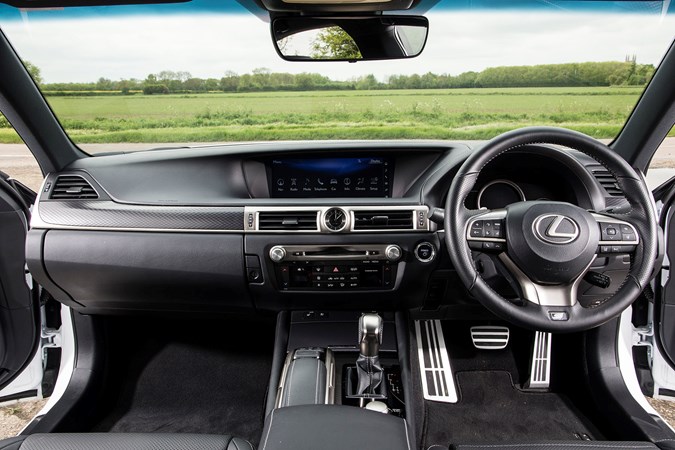
Typically, Lexus fits its cars with more equipment as standard compared with the likes of the 5 Series, A6 and E-Class, meaning it represents good value for money spec-for-spec. Inside, a large infotainment screen sits nestled in the sweeping dashboard, controlled via a fiddly controller located on the centre console – it’s far less intuitive than rival systems.
There’s a lot more buttons inside the GS than its rivals’ interiors, with some located in rather questionable locations. Once you learn the locations of all the functions, it’ll be easy to use.
Lexus has kitted the car with some clever technology including energy saving air-con that uses sensors to determine if the front passenger seat is occupied or not. If not then the system closes all the vents serving that seat and thus saves energy.
All-hybrid line-up post-2014
The Lexus GS launched with two versions available: the V6 petrol-powered GS 250 and the flagship GS 450h V6 petrol-electric hybrid. For 2014, the 250 was dropped and the GS 300h was introduced as a lower-powered hybrid model.
The GS 300h offers very competitive running costs: in SE trim with the smallest wheels fitted it can average a claimed 64.2mpg and emits only 104g/km of CO2. Lexus is keen to point out that means low company car tax bills and the GS 300h is aimed very much at the fleet and business market.
Opting for the GS 450h means far greater performance but higher running costs, with average fuel consumption of 45.6mpg and CO2 emissions of 145g/km mark.
Plenty of interior space
The GS saloon has generous interior space for passengers: legroom up front is plentiful and there is an extra 30mm of headroom for the driver and front seat passenger compared with the version that came previously.
Rear passengers will be happy too; knee room is good in the back and taller passengers won’t struggle too much for headroom. The boot space trails its rivals, though.
So, should you consider the GS over and above its more obvious rivals? Read on to find out…
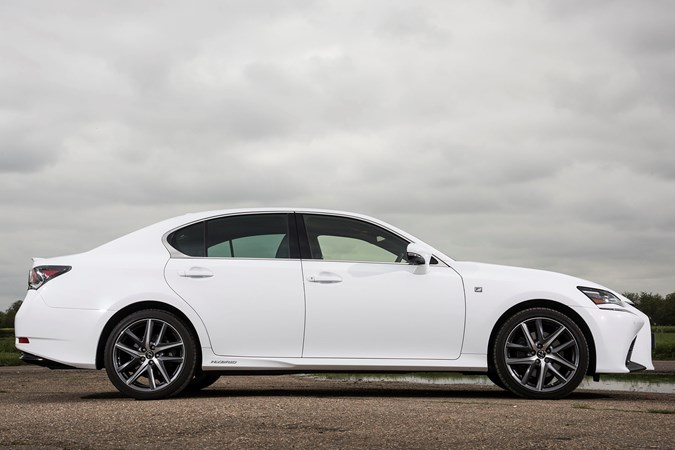



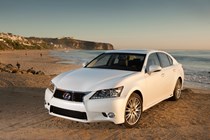

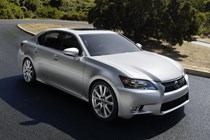
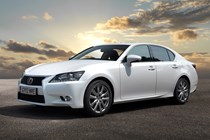

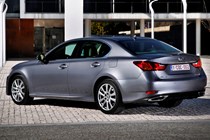
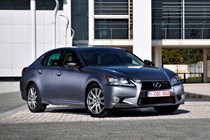
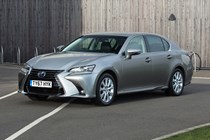
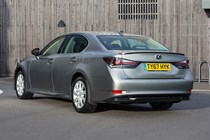
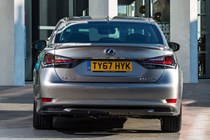

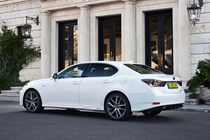
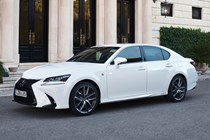
.jpg)
.jpg)
.jpg)
.jpg)
.jpg)
.jpg)
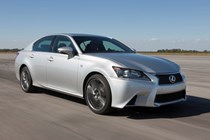
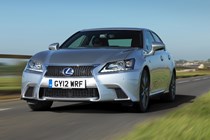
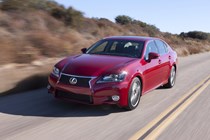

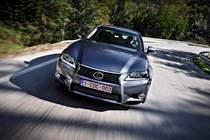
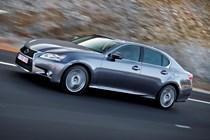
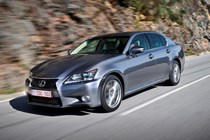
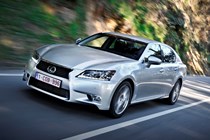
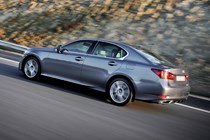
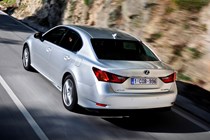
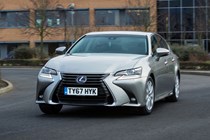
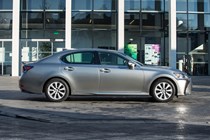
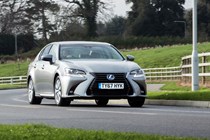
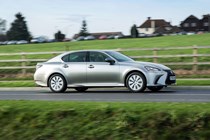
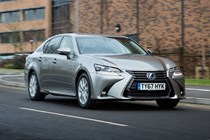
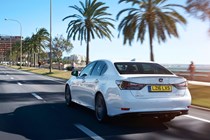
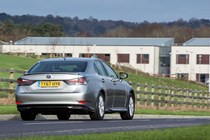
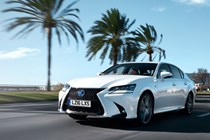
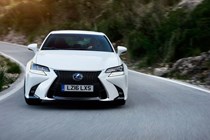
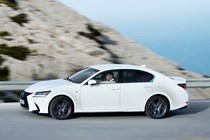


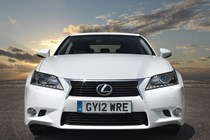
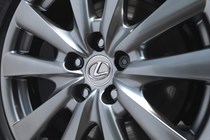
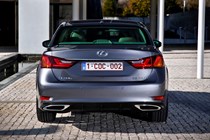
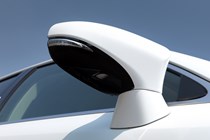
.jpg)
.jpg)
.jpg)
.jpg)
.jpg)
.jpg)
.jpg)
.jpg)
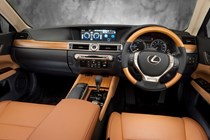
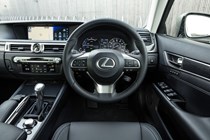
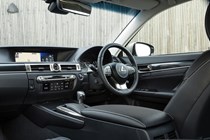

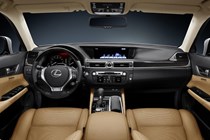


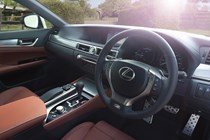
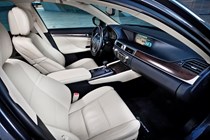
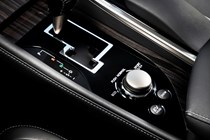

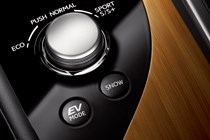
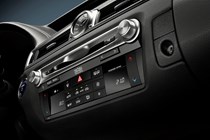
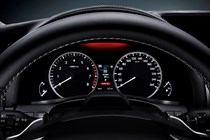


.jpg)
.jpg)
.jpg)
.jpg)
.jpg)
.jpg)
.jpg)
.jpg)
.jpg)
.jpg)
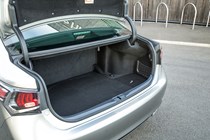
.jpg)
.jpg)
.jpg)
.jpg)
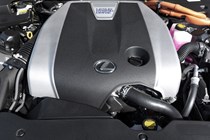
.jpg)
.jpg)


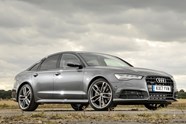














.jpg?quality=50)
.jpg?quality=50)
.jpg?quality=50)
.jpg?quality=50)
.jpg?quality=50)
.jpg?quality=50)


























.jpg?quality=50)
.jpg?quality=50)
.jpg?quality=50)
.jpg?quality=50)
.jpg?quality=50)
.jpg?quality=50)
.jpg?quality=50)
.jpg?quality=50)
















.jpg?quality=50)
.jpg?quality=50)
.jpg?quality=50)
.jpg?quality=50)
.jpg?quality=50)
.jpg?quality=50)
.jpg?quality=50)
.jpg?quality=50)
.jpg?quality=50)
.jpg?quality=50)

.jpg?quality=50)
.jpg?quality=50)
.jpg?quality=50)
.jpg?quality=50)

.jpg?quality=50)
.jpg?quality=50)